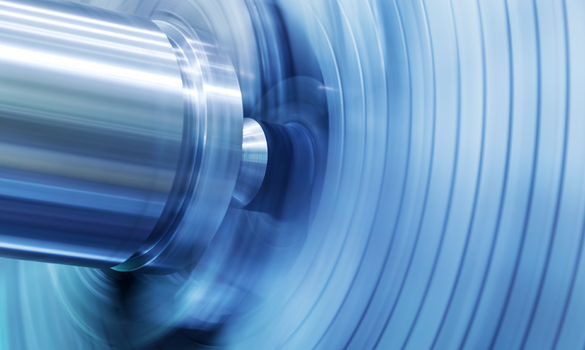When it comes to mechanical assets, such as machines and equipment, business owners need to pay attention to maintenance and protection of most exposed parts. Whether you finance or lease business equipment, it should be kept in working condition. Machines and equipment cost a lot for businesses, which makes replacing it every now and then troublesome and costly. Reducing damages and ensuring proper usage will help in prolonging the useful life of each piece of equipment.
However, even the most careful business owners of equipment and machines cannot fight the wear and tear that happens naturally in every usage. The mechanical parts, which are usually made up of metals, will grind into each other in every movement, which causes abrasion. Once the part breaks, the cost of replacing it, as well as the cost of unnecessary downtime, will not be efficient. Putting protective covers in the most exposed parts is a way of reducing damages in the equipment. One of the ways to protect equipment is by using wear plates that are made of strong materials. An example of what to use would be a chromium carbide wear plate in the base metal of the equipment.
Activities With High Abrasion
Not all processes that involve machines and equipment need metal alloy coatings to improve the resistance to wear and tear. Some of the most common application of metal coatings are found in areas that are mechanical in nature. Construction uses heavy equipment that is prone to wear and tear. Pulp and paper facilities are hard to maintain because of the corrosive nature. Bulk solid handling is also corrosive in nature because articles are being made which causes a lot of friction. Different scenarios come with different solutions. One of the most common ways to fight abrasion from wear and tear is by using a wear plate.
What Is A Wear Plate?
Wear plates, also called abrasion resistant plates or steel liners, are used to reduce wear and tear in surfaces with excessive friction and causes degradation between two parts. Usually, these plates are used for machines that slide or rotates during the process. These plates are easy to install, gets the job done, and are a cheaper purchase than replacing the whole part altogether.
Machines that require wear plates are the crushers, shredders, and casting equipment. Steel and aluminum mill equipment, which are often used in plant facilities, can also be protected by wear plates. Heavy equipment used for digging and carving the Earth’s surface requires wear plates to prevent the part from breaking in impact. Wear plates can also be applied to mining tools, wear blades, wear rings, wear segments, and bucket scrapers.
Different Kinds Of Wear Plates
The base metal from the part of the equipment often uses hard material coatings to improve its resistance in wear and tear. However, there are also base parts that need softer materials in order to achieve maximum efficiency. Replacement of wear plates should also be monitored to avoid unforeseen breakage of the wear plates. Here are the three kinds of wear plate materials which can be used in different situations.
Made From Minerals
The hardness of the base metal decides what coating it needs to function optimally. Harder wear plates often offer greater wear resistance for material handling. Examples of mineral coatings are wear plates made out of mild steel, chromium carbide, Bennox, CorTen, Grade 50b, Roq Last, and more.
Made with Ceramic Liners
Ceramic liners are used to reduce sliding abrasion and moderate to heavy impact. This is because the smooth surface of the ceramic will reduce the friction during the slide.
Low Friction UHMWPE
Ultra High Molecular Weight Polyethylene or UHMWPE are molded to sheet and rod shapes. These sheets will then be bolted into the machine for finished products. UHMWPE plates are used on skid plates, sprockets, gears, conveyor flights, canning line, and others machines. UHMWPE is used because of its non-stick, self-lubricating, friction, impact, and chemical resistance.
The Custom Solution
There are custom machines for specialized industries that need a lightweight yet strong coating. In most of these cases, a wear plate might not be enough or not applicable. In these cases, custom composite technologies are used. Composite technology is a technique that combines two different materials which produce a different material. The material produced is often better than the two original materials. Composites are often used in manufacturing because most of the time these materials have high strength but low weight. Some composites are also non-corrosive and have high thermal and electrical insulation.
 Business First Family Business, Accounting, Finance, Investing, Marketing And Management
Business First Family Business, Accounting, Finance, Investing, Marketing And Management
